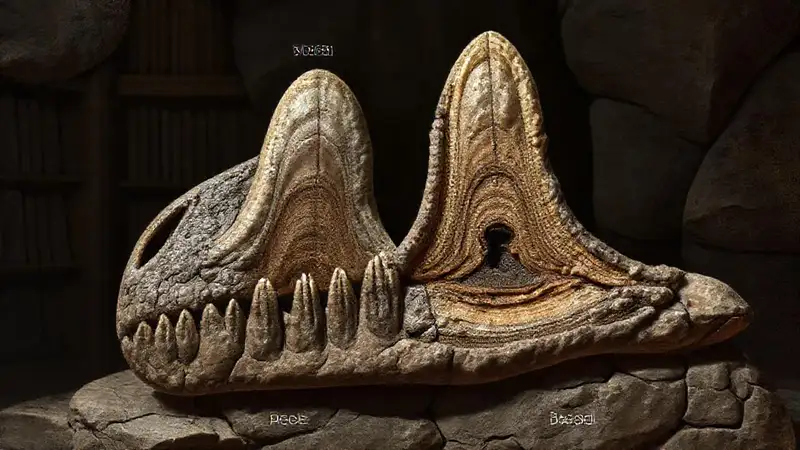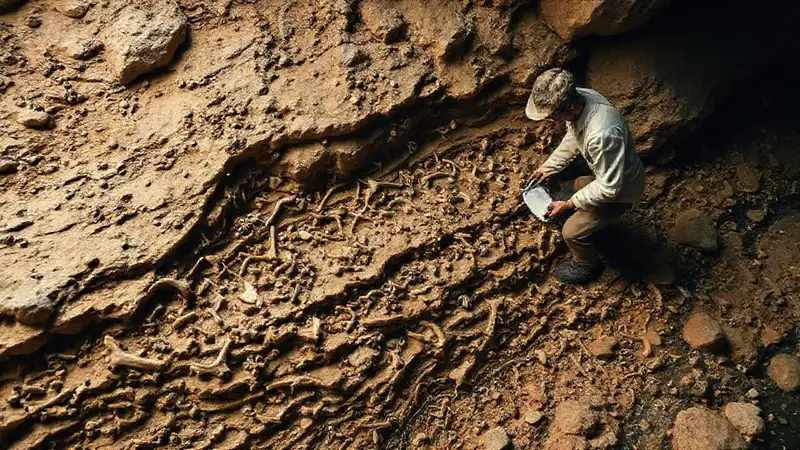The study of paleontology continues to dramatically reshape our understanding of the Mesozoic Era and the dinosaurs that dominated it. Fossilized teeth, in particular, offer a remarkably rich source of information, providing crucial clues about dinosaur feeding habits, evolutionary relationships, and even the environments they inhabited. Analyzing the complex morphology – the shape and form – of dinosaur teeth is a cornerstone of this research, frequently distinguishing between different dinosaur groups and highlighting evolutionary transitions. The differences in tooth structure aren't arbitrary; they are directly linked to the specific diets these extinct creatures consumed.
Understanding the diversity of dinosaur teeth is fundamentally linked to the broader picture of dinosaur phylogeny. By meticulously examining tooth shapes, we can construct increasingly accurate family trees, revealing the relationships between different dinosaur lineages and tracing their dietary adaptations over millions of years. This analysis allows paleontologists to piece together a detailed narrative of how dinosaurs evolved to exploit a vast range of ecological niches, effectively driving the development of incredibly diverse feeding strategies.
Tooth Size and Proportion
The size of a dinosaur’s teeth is undeniably a critical factor in determining its potential diet, but it's not the whole story. While larger teeth often suggest powerful chewing capabilities, relative proportion is equally important. For example, the Tyrannosaurus Rex boasted enormous teeth, but their length was disproportionate to their width, indicating a focus on grasping and tearing, rather than grinding. Conversely, herbivores like Triceratops possessed smaller, more robust teeth with wider bases, built for crushing fibrous plants.
Furthermore, the ratio between tooth length and tooth width can provide a significant indicator of feeding style. Teeth with a long, slender shape are generally well-suited for piercing and gripping, useful for capturing fast-moving prey, whereas teeth with a shorter, broader shape are better equipped for crushing and grinding tough vegetation. Careful measurements and comparisons of these ratios across different dinosaur species are essential for accurate dietary reconstructions.
Serrations and Tooth Margins
The presence and arrangement of serrations on a dinosaur’s teeth represent a particularly significant anatomical feature for diet analysis. Sharp, blade-like serrations are predominantly found in theropod dinosaurs, particularly those classified as carnivores like Allosaurus. These serrations demonstrate an adaptation for slicing through flesh and preventing escape of the prey. The complexity and density of the serrations also offer information about the type of prey consumed - a creature consuming large prey would likely have more developed and numerous serrations.
Conversely, many herbivorous dinosaurs exhibit smoother, rounded tooth margins, indicating a diet consisting of softer plant tissues. Even in herbivores, variations in serration patterns can reveal different feeding strategies; some may have used their teeth to strip leaves from branches, while others might have been designed for grinding tougher vegetation. These subtle differences in tooth margin morphology provide valuable insights into the specific plant matter consumed.
Tooth Material and Preservation

The type of material from which dinosaur teeth are composed, as well as the quality of their preservation, can significantly influence the accuracy of dietary reconstructions. Tooth enamel, for example, is a highly durable material, often providing a clear and detailed record of the tooth’s original shape. However, bone-derived dentin, which forms the bulk of a tooth, can be more susceptible to degradation over time, potentially obscuring fine details.
The state of mineralization—how tightly packed the mineral crystals are—also plays a crucial role. Teeth that are exceptionally well-mineralized are more likely to have retained their original shape and features, providing a more accurate representation of the dinosaur's diet. Conversely, poorly mineralized teeth may be distorted or fragmented, making it difficult to interpret their morphology and reconstruct their feeding habits accurately. Careful attention to these factors is essential for robust analysis.
Tooth Row and Dental Battery
Finally, the arrangement of teeth within the dinosaur’s mouth – what’s known as the dental battery – provides important information about how the dinosaur processed its food. In many herbivorous dinosaurs, teeth are organized into distinct bands, with different types of teeth specialized for different tasks, such as shearing, grinding, and stripping. The number of teeth within each band, their arrangement, and the overall architecture of the dental battery can reveal much about the dinosaur's feeding strategy.
Carnivorous dinosaurs also exhibit distinct dental batteries, typically composed of large, serrated teeth at the front for grasping prey and smaller, more blade-like teeth at the back for shearing meat. Analyzing the dental battery allows paleontologists to assess how efficiently a dinosaur could process its food, considering the speed and method of ingestion. This comprehensive analysis adds another layer to our understanding of dinosaur diets.
Conclusion
In conclusion, morphology of dinosaur teeth is far more than just a physical characteristic; it’s a sophisticated record of evolutionary adaptation. By meticulously studying tooth shape, size, serrations, and the overall dental battery, paleontologists have been able to reconstruct the diets of a wide range of dinosaur species, providing crucial insight into their lifestyles and ecological roles.
Ultimately, the continued study of fossilized teeth promises to reveal even more about the fascinating world of dinosaurs, continually refining our understanding of their evolution and solidifying their place in the history of life on Earth. Further advancements in imaging techniques and analytical methods will undoubtedly yield even more detailed and nuanced information about these incredible creatures.





Deja una respuesta